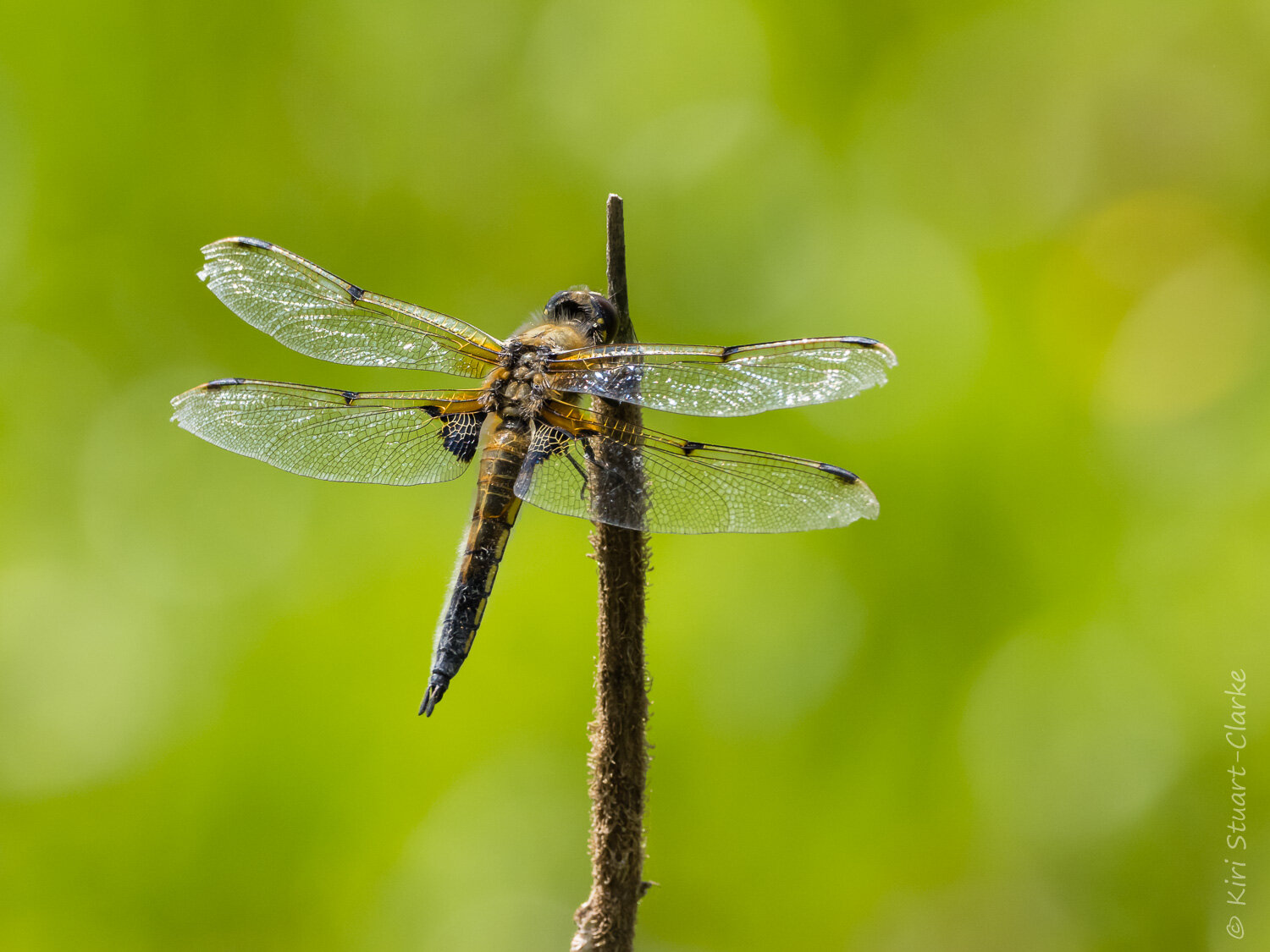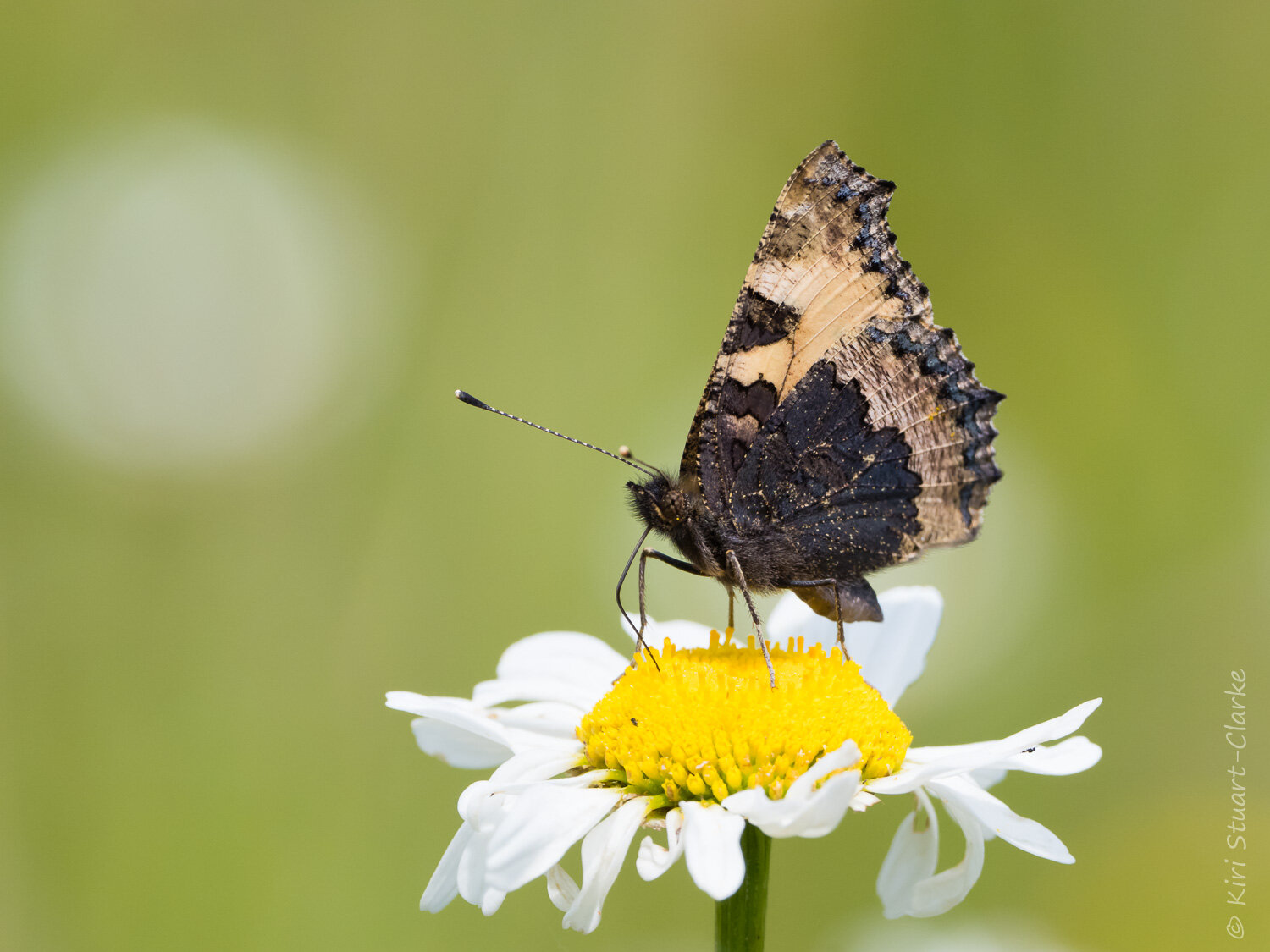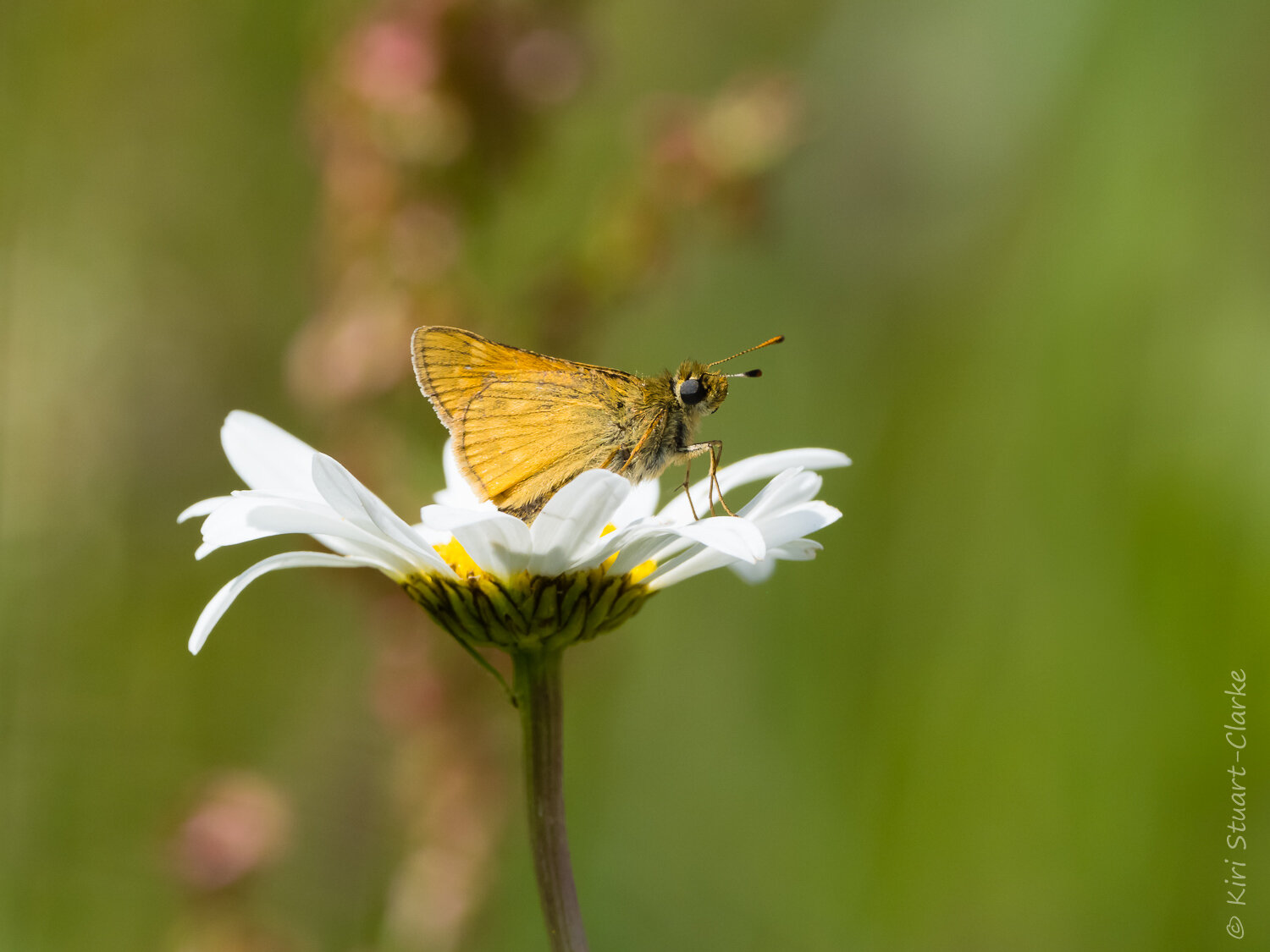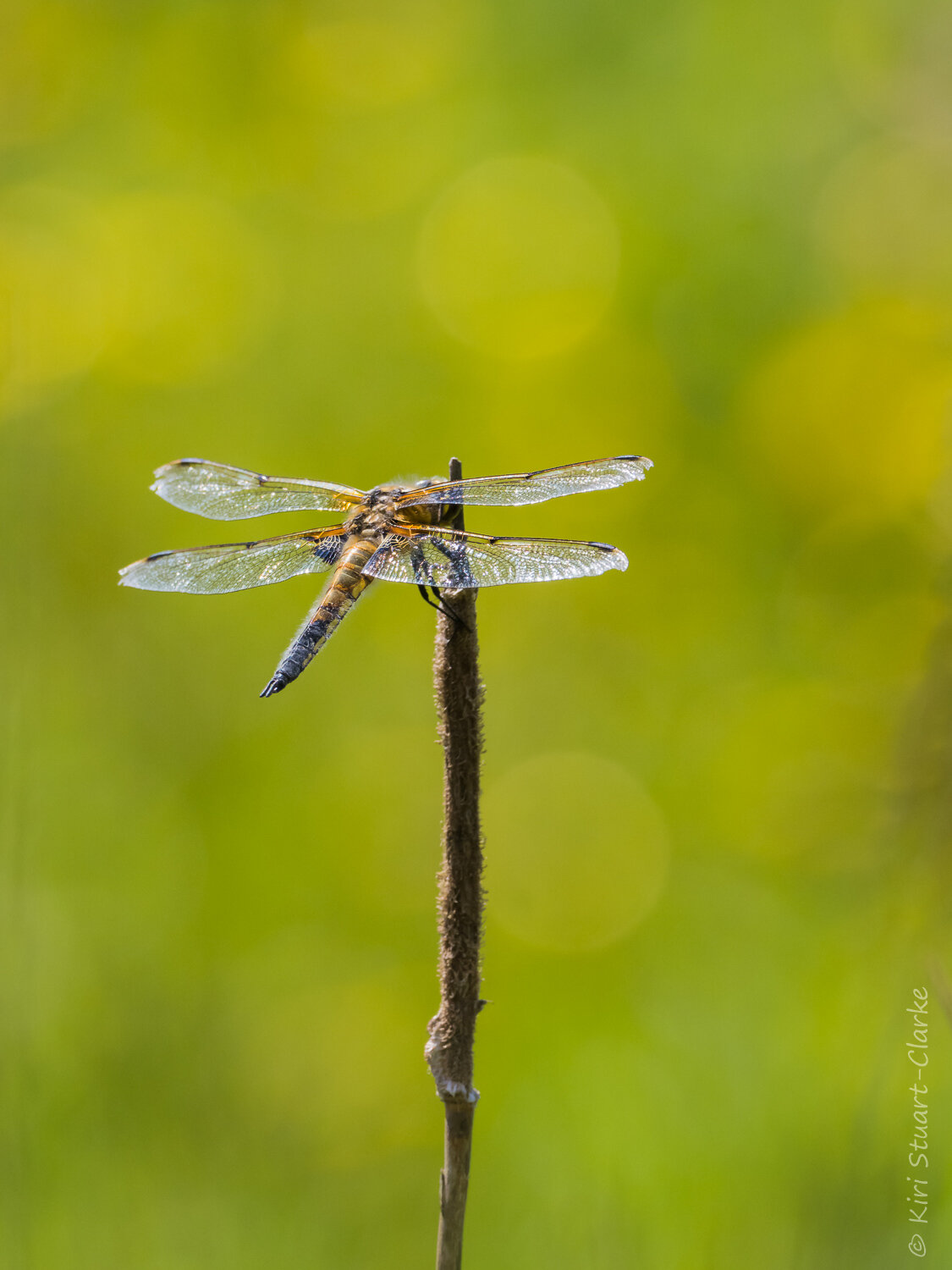Die Fünfte Jahreszeit - Kurt Tucholsky
Wenn der Sommer vorbei ist und die Ernte in die Scheuern gebracht ist, wenn
sich die Natur niederlegt, wie ein ganz altes Pferd, das sich im Stall hinlegt,
so müde ist es - wenn der späte Nachsommer im Verklingen ist und der frühe
Herbst noch nicht angefangen hat - dann ist die fünfte Jahreszeit.
Nun ruht es. Die Natur hält den Atem an;
an andern Tagen atmet sie unmerklich
aus leise wogender Brust. Nun ist alles vorüber: geboren ist, gereift ist, gewachsen ist, gelaicht ist, geerntet ist - nun ist es vorüber.
Nun sind da noch die Blätter und die Sträucher,
aber im Augenblick dient das zugar nichts; wenn überhaupt in der Natur ein Zweck verborgen ist: im Augenblicksteht das Räderwerk still. Es ruht.
Mücken spielen im schwarzgoldenen Licht, im Licht sind wirklich schwarze Töne,
tiefes Altgold liegt unter den Buchen, Pflaumenblau auf den Höhen ... kein Blatt
bewegt sich, es ist ganz still. Blank sind die Farben, der See liegt wie gemalt,
es ist ganz still. Ein Boot, das flußab gleitet, Aufgespartes wird dahingegeben - es ruht.
So vier, so acht Tage - Und dann geht etwas vor. Eines Morgens riechst du den Herbst. Es ist noch nicht kalt; es ist nicht windig; es hat sich eigentlich gar nichts geändert - und doch alles.
Noch ist alles wie gestern: Die Blätter, die Bäume, die Sträucher ... aber nun ist alles anders....Das Wunder hat vielleicht vier Tage gedauert oder fünf, und du hast gewünscht,
es solle nie, nie aufhören... Spätsommer, Frühherbst und das, was zwischen ihnen
beiden liegt. Eine ganz kurze Spanne Zeit im Jahre.
Es ist die fünfte und schönste Jahreszeit.












